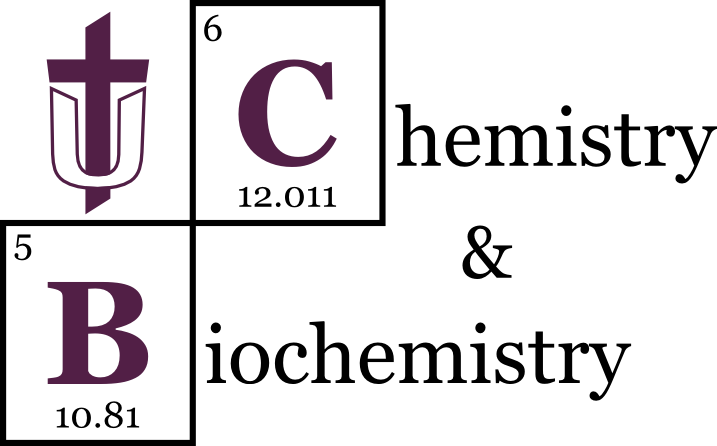Title
Bone Regeneration via Inorganic/Organic Compatibility in a Newly Synthesized Hydrogel: nHAp-BMP-2
Document Type
Thesis
Publication Date
Fall 2019
Abstract
In this paper, nHAp-BMP-2 hydrogel is carefully synthesized in order to optimize the organic and inorganic compatibility which induces osteogenesis—the formation of new bone. This new method is a novel development within the medical field, giving more hope to those suffering from traumatic bone injuries. A drawback with using hydrogels is the difficulty of controlling peptide release in the affected areas. Too quick of a release alarms the human inflammatory response resulting in more substantial injury and an even prolonged recovery time. On the other hand, if the peptides that promote bioactivity are released too slowly, the bone will not receive the necessary amino acids required for healing. By achieving an ideal pace for peptide release, there is an increase in bioactivity, sustainability and compatibility between the three components in the hydrogel. Out of three hydrogels that have previously been synthesized, nHAp-BMP-2 was proven to regenerate the most new bone, as seen in a study conducted on rat craniotomies. The next steps in hydrogel research is further understanding the differences between the rat versus human bone structure in order to translate the procedure over to promote new bone growth in humans. Once this is better understood, the medical field might just be changed forever.
Recommended Citation
Ewing, Hannah, "Bone Regeneration via Inorganic/Organic Compatibility in a Newly Synthesized Hydrogel: nHAp-BMP-2" (2019). Chemistry & Biochemistry Student Projects. 18.
https://pillars.taylor.edu/chemistry-student/18
Included in
Analytical Chemistry Commons, Inorganic Chemistry Commons, Organic Chemistry Commons, Other Chemistry Commons, Physical Chemistry Commons



Notes
Course: CHE 420, Chemistry Thesis; Instructor: Dr. Daniel King